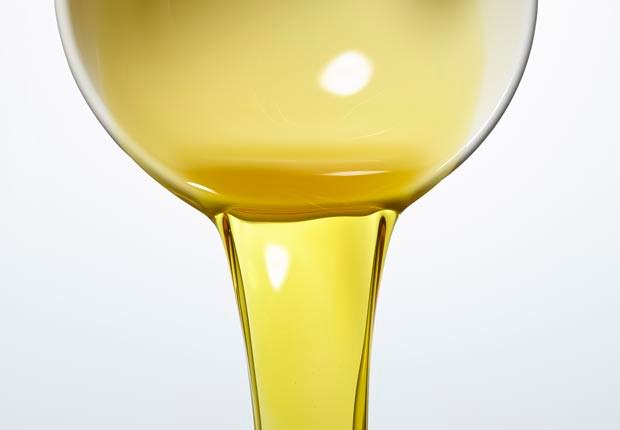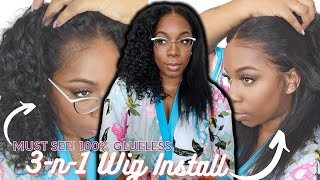Shampooing Is Important If You Use Oil Or Silicones In Your Hair

Going shampoo free may be beneficial for your hair but if you are a big fan of oils* or silicones then you may be doing more harm than good
So a lot of us ladies are opting to dismiss the shampoos because of those nasty sulphates they contain that dry our tresses out. By dismissing the shampoo and relying on washing your hair with conditioner only, you should benefit greatly by having hair that doesn’t dry out after a wash and hair needing less moisture retention products.
However, black hair tends to be quite porous and loses moisture quickly so we use either oil or a silicone based product to ‘seal’ the moisture in. This in itself is an excellent practice that will help you retain growth but it can be taken too far.
An interesting analogy; you have just used a pan to deep fry some food and now you are ready to wash it. If you just rinsed the pan with plain old water, the pan will remain shiny and coated with oil and the dirt will remain. Even if you rubbed the pan down with scourers, you will succeed in removing some of the oil and dirt but a shiny surface will still be left on the pan.
It’s the same with your hair, you add oil to seal in moisture but after a couple of days dirt and dust particles from the atmosphere have attached themselves to your strands where they now get a slightly oily coating! A spray of water will not dislodge much dirt; the water will simply roll off the dirt as water rolls off oil.
Many conditioners use either a silicone or an oil as one of their ingredients so what happens when you co-wash previously conditioned hair is you add another coat of oil or silicones to it. This is not necessarily a bad thing. As black hair is porous, there are still gaps for moisture to get through and keep the hair supple but by repeatedly co-washing and sealing, oil and silicone particles which are larger than your pores will begin decreasing the spaces that moisture can penetrate the hair. This is also known as product build up.
To remove oil build up you must either clean your hair with soap or shampoo or a natural ‘dry shampoo’ like cornstarch.
Soap does not dissolve oil but works by ‘enticing’ oil particles into the water. Soap molecules are long and stringy just like oil molecules. They have two distinct ends. The head of the soap molecule string loves water and will attach to other water molecules. Its tail however will search out and attach to oil molecules. So you have an interesting situation with a soap molecule is attached to both oil and water making it easy to flush away.
Shampoo on the other hand contains a soap-free detergent that reduces the surface tension of the water, allowing it to move into the small crevices in the scalp and hair shaft. The detergent also breaks the oil up into tiny droplets that can be easily washed away.
Cornstarch when sprinkled over your hair and combed through will simply absorb excess oil which can then be washed away with water.
Depending on the type of silicone, a shampoo may be required to remove it. Cyclomethicone will evaporate from your hair like water but dimethicone will need to be shampooed off to prevent build up. Any shampoo should get rid of silicones but a non moisturizing shampoo i.e. a clarifying one will do a better job!




